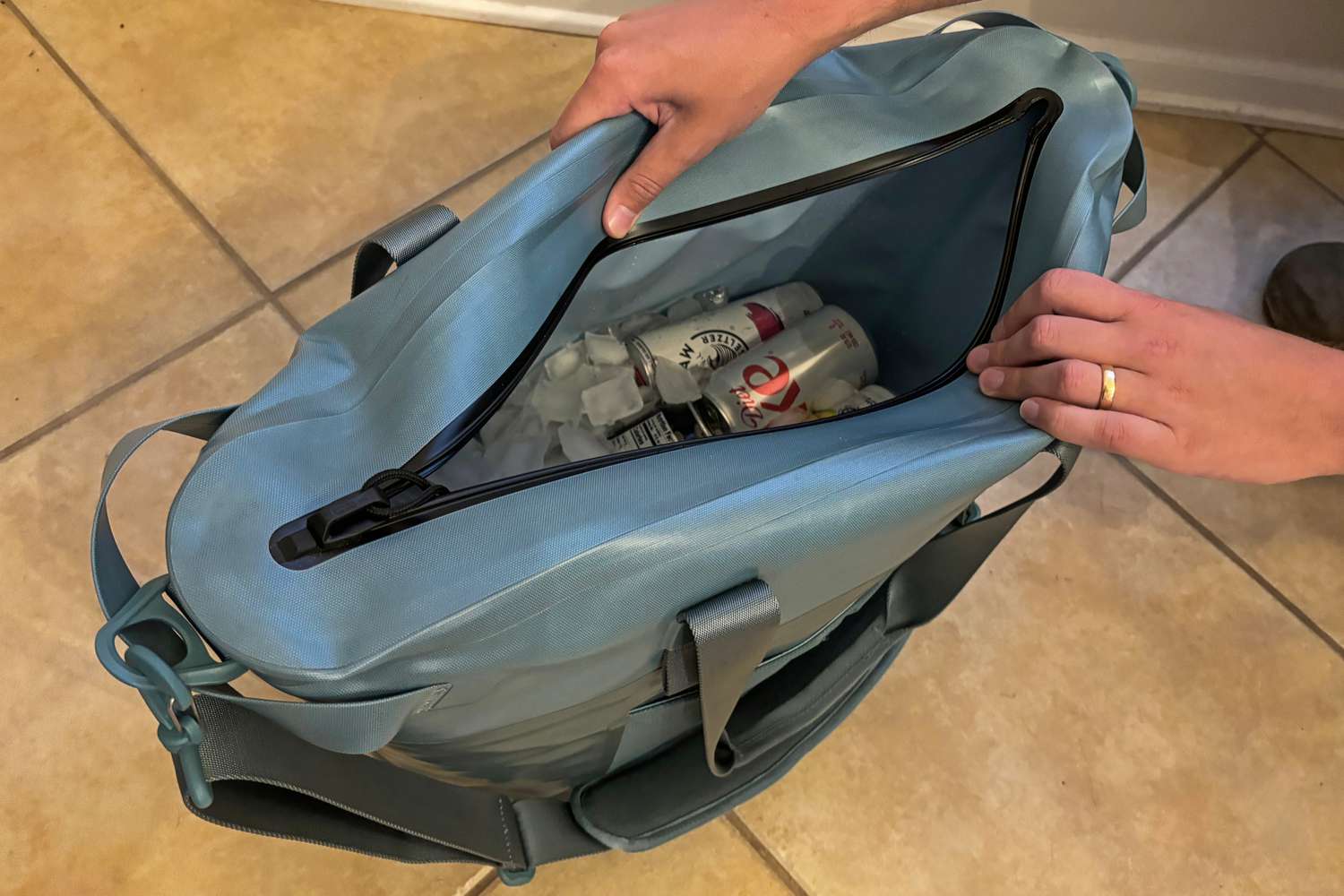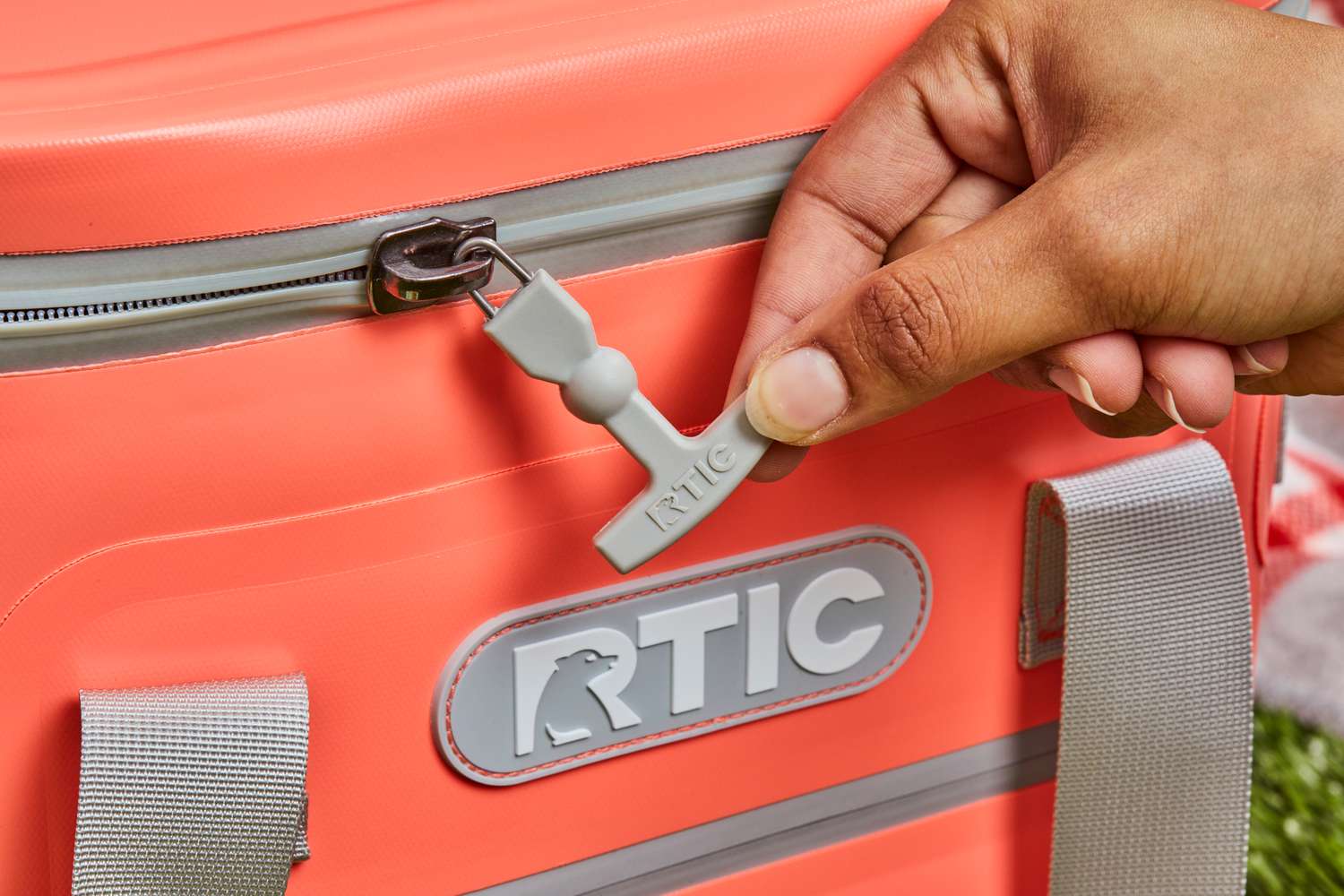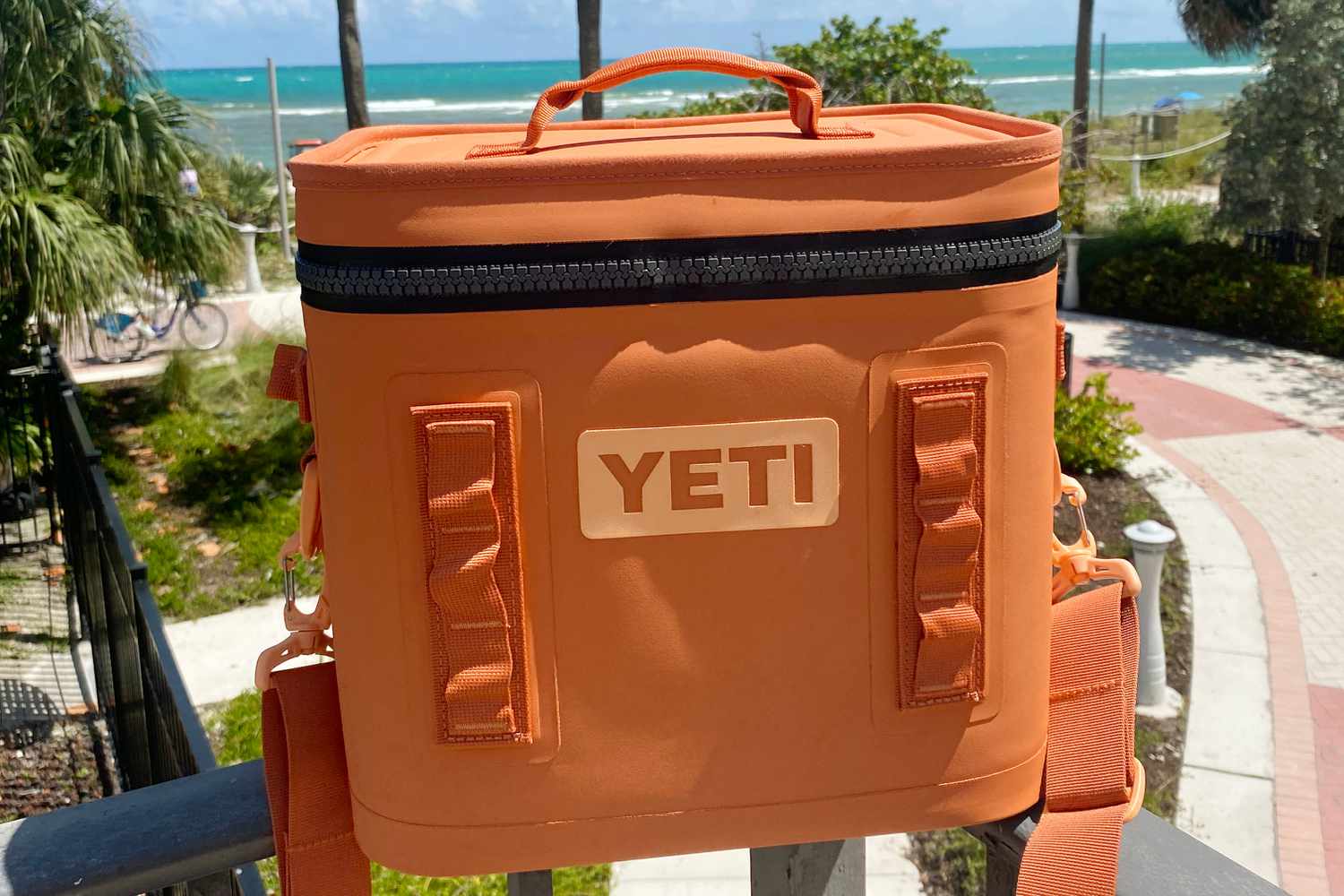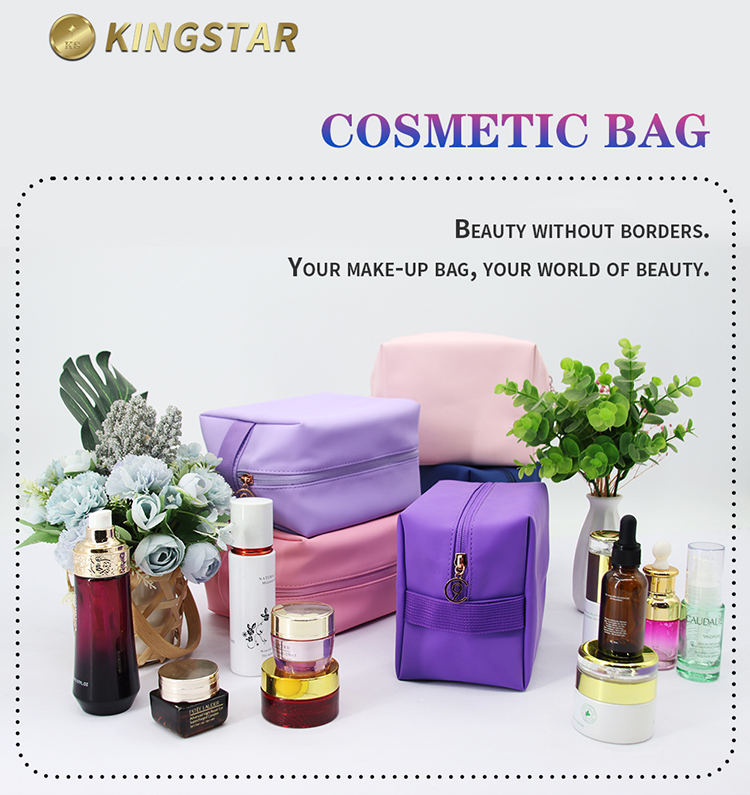The best cooler bag material is a system of three layers: a durable exterior like waxed canvas, a dense closed-cell foam insulation, and a waterproof PEVA or TPU liner.

Table of Contents
- The Anatomy of a High-Performance Cooler Bag
- A Deep Dive into Cooler Bag Materials
- Material Comparison: A Quick Reference
- Beyond the Material: What Else Determines Quality?
- How to Select the Perfect Cooler Bag Material for You

The Anatomy of a High-Performance Cooler Bag
Choosing the best soft cooler isn’t about finding a single “magic” material. Instead, it’s about understanding how three distinct layers work together to protect your food and drinks from the elements. A superior insulated bag is a carefully engineered system where the exterior, insulation, and interior liner each play a critical role in performance, durability, and usability.

The Exterior Shell: Your First Line of Defense
The outer fabric of a cooler bag is what you see and feel, but its job is far more than cosmetic. This layer is responsible for resisting punctures, abrasions, water, and UV rays. It provides the structural integrity of the bag and is the first barrier against the ambient heat of the outside world. The choice of exterior material directly impacts the bag’s lifespan and its ability to handle different environments, from a sandy beach to a rugged trail.
The Insulation Core: The Heart of the Cooler
Sandwiched between the outer shell and the inner lining is the insulation—the true engine of the cooler. The most effective soft coolers use closed-cell foam. Unlike open-cell foam (like a sponge), the gas pockets in closed-cell foam are not interconnected, which severely restricts the movement of heat. This property, known as resisting thermal convection, is what keeps the cold in and the heat out. The thickness and density of this foam are the primary factors determining how long a bag will hold ice.
The Interior Liner: The Waterproof Barrier
The inner liner is the unsung hero. Its main purpose is to be 100% waterproof to contain melted ice and any potential spills, preventing a soggy mess. It also needs to be food-safe, meaning it won’t leach harmful chemicals into your food. Furthermore, an effective liner should be puncture-resistant, easy to clean, and resistant to mold, mildew, and odors. The quality of the liner and how it’s sealed into the bag (stitching vs. welding) is often what separates a low-quality cooler from a high-performance one.
A Deep Dive into Cooler Bag Materials
With a clear understanding of the three-layer system, we can examine the specific materials used for each part. Each option offers a different balance of performance, cost, and durability.
Common Exterior Fabrics
The outer shell defines the bag’s character and toughness. Common choices range from standard textiles to high-performance, rugged fabrics.
Polyester (e.g., 600D, 900D): This is a widely used and cost-effective material. The “D” stands for Denier, a measure of fiber thickness—a higher number indicates a thicker, more durable fabric. Polyester is resistant to stretching and shrinking and offers decent water resistance. It’s a solid choice for general-use cooler bags.
Nylon: Generally stronger and more resistant to abrasion than polyester of a similar denier, nylon is a step up in durability. It’s often found in higher-end coolers designed for more demanding outdoor activities.
Vinyl/TPU Lamination: For maximum waterproofing, some soft coolers feature an exterior fabric laminated with a layer of TPU (Thermoplastic Polyurethane) or vinyl. This creates a non-porous surface that is completely impervious to water and very easy to wipe clean, making it ideal for marine or poolside use.
Waxed Canvas: For those who value heritage aesthetics and rugged performance, waxed canvas stands in a class of its own. This heavy-duty cotton canvas is infused with paraffin or beeswax, making it intensely water-resistant and incredibly durable. It develops a unique, rich patina over time, telling the story of its adventures. A waxed canvas cooler bag, often accented with genuine leather, offers a timeless look without compromising on the toughness required for any outing. It is the material of choice for premium, long-lasting gear.
Types of Insulation Foam
The type and thickness of the insulation dictate the cooler’s thermal performance.
PE Foam (Polyethylene Foam): This is the industry standard for most cooler bags. It’s a lightweight, effective closed-cell foam that offers good thermal resistance. It’s flexible and provides a great balance of performance and cost.
EVA Foam (Ethylene-Vinyl Acetate): A higher-density and more robust closed-cell foam, EVA offers slightly better insulation properties and greater rigidity than PE foam. It’s often used in the lids and bases of premium soft coolers to provide structure and enhance cold retention.
Food-Safe Interior Liners
The liner must be waterproof and safe for contact with food.
PEVA (Polyethylene Vinyl Acetate): This is the most common food-safe liner. It’s a PVC-free, non-chlorinated vinyl that is flexible and cost-effective. It provides excellent waterproofing and is easy to clean, making it a reliable choice for most applications.
TPU (Thermoplastic Polyurethane): Regarded as the premium liner material, TPU is significantly more durable, puncture-resistant, and abrasion-resistant than PEVA. It imparts no plastic taste or odor to the contents and remains flexible in cold temperatures. Coolers with TPU liners are built for heavy use and longevity.
Material Comparison: A Quick Reference
To simplify your choice, here is a table comparing popular exterior materials.
| Material | Durability | Water Resistance | Cost | Aesthetics |
|---|---|---|---|---|
| Polyester (600D) | Good | Good (Resistant) | $ | Standard |
| Nylon | Very Good | Good (Resistant) | $$ | Technical/Sporty |
| TPU-Laminated Fabric | Excellent | Excellent (Waterproof) | $$$ | Modern/Utilitarian |
| Waxed Canvas | Exceptional | Excellent (Highly Resistant) | $$$ | Classic/Heritage |
Beyond the Material: What Else Determines Quality?
The finest materials are only as good as the construction methods used to assemble them. Two key factors can dramatically impact a cooler bag’s performance and leak-proof capabilities.
Construction & Seam Technology
How the liner is joined is critical. Standard cooler bags often use stitched seams, which are then covered with waterproof tape. While effective for a time, these needle holes can become potential leak points over years of use. High-end coolers use a technique called RF (Radio Frequency) welding. This process uses electromagnetic energy to fuse the liner panels together, creating a single, seamless, and permanently leak-proof bond that is as strong as the material itself.
Zippers and Closures
A cooler’s main opening is its weakest point for thermal performance. A standard zipper allows cold air to escape and warm air to enter. Premium soft coolers use robust, waterproof, and airtight zippers, similar to those found on dry suits. These create a perfect seal that significantly extends ice retention, often by days, and ensures the cooler is fully leak-proof even if tipped over.
How to Select the Perfect Cooler Bag Material for You
The ideal material combination depends entirely on your intended use. Matching the materials to your lifestyle ensures you get the performance you need without overpaying for features you won’t use.
For Daily Lunch & Light Picnics
For carrying lunch to work or a casual park outing, a cooler made with a Polyester exterior, standard PE foam insulation, and a PEVA liner is perfectly adequate. These bags are lightweight, affordable, and provide enough insulation to keep contents fresh for several hours.
For Demanding Outdoor Adventures
If your plans involve boating, multi-day camping, or fishing, you need maximum performance. Look for a cooler with a tough, waterproof TPU-laminated or high-denier Nylon exterior. It should feature thick, high-density foam insulation, a puncture-resistant TPU liner, RF welded seams, and an airtight zipper. These features ensure your provisions stay cold and protected in harsh conditions.
For Unmatched Durability and Style
When longevity and a timeless aesthetic are paramount, a Waxed Canvas cooler bag is the clear choice. Its rugged build is ideal for everything from a sophisticated tailgate to a weekend camping trip, ensuring your investment lasts for years to come. Paired with high-density insulation and a premium liner, it delivers top-tier performance with a classic style that never fades. It represents a commitment to quality craftsmanship for those who appreciate gear that is both beautiful and built to last.

